Long before Moab became famous for its National Parks and adventure spots, the red rock country was home to vibrant Indigenous cultures who’s stories are still etched into stone. On our Native American Archaeology Tour, we invite our to step back in time and explore the rock art, dwellings and sacred sites left behind by the Ancestral Puebloan, Fremont, and Ute people.
We have teamed up with Don Montoya, a respected Native American Archaeologist, who brings each site to life with insight into its history, symbolism, and cultural significance transforming a scenic drive into a journey through thousands of years of human history.
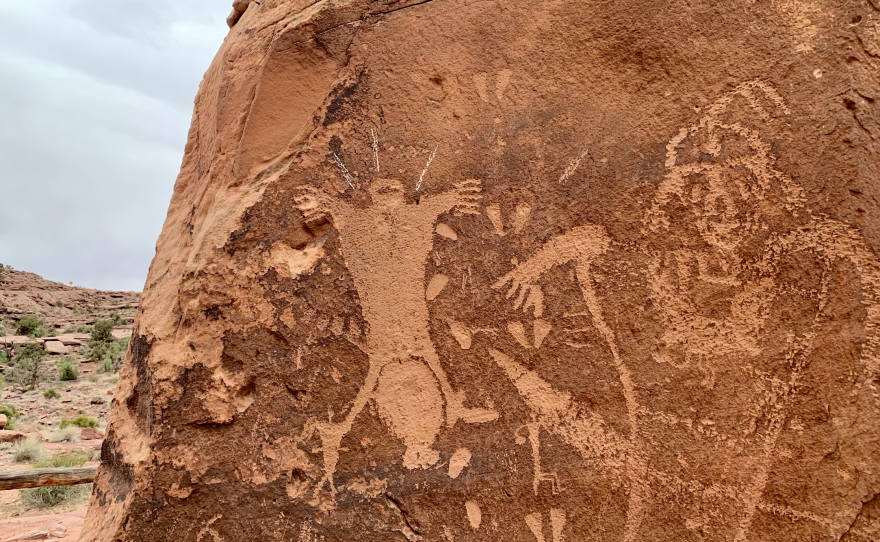
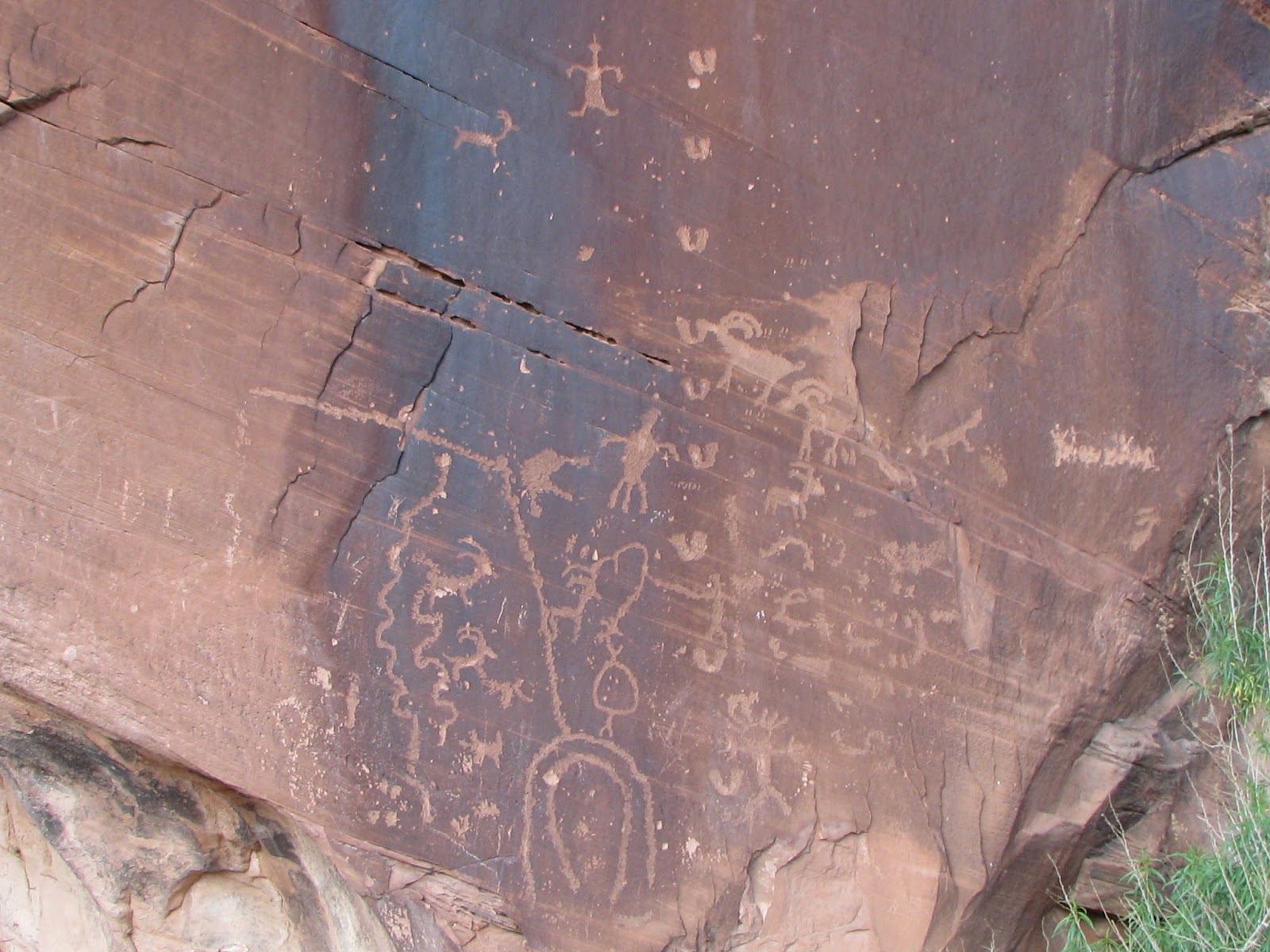
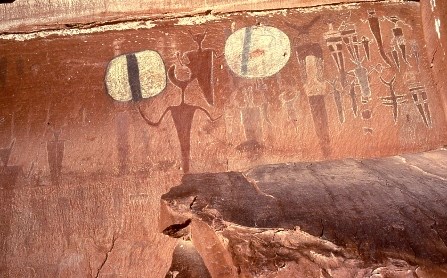
Petroglyphs and Pictographs
One of the highlights is visiting rock art panels scattered across the cliffs and canyons. These petroglyphs (Carvings) and pictographs (Paintings) are centuries old, telling stories of daily life, Spiritual beliefs, and seasonal cycles. The well known Birthing Scene Panel, Moonflower Canyon images, and the News Paper Rock State Historic Monument are just a few of the sites where these silent storytellers can be seen.
Archaeological Sites You Might See
- Court House Wash– Ghostly Barrier Canyon Style figures painted high in the cliff.
- Moonflower Canyon -A shaded alcove decorated with petroglyphs of circles,
- Birthing Rock -Rare depiction of child birth, surrounded by animals and geometric patterns.
- Potash Road Petroglyphs– Dozens of panels, featuring bighorn sheep, hunters, and spirals carved by the Fremont Culture.
- Poison Spider Mesa Panel -Tall human-like figures, hand prints, And wildlife carved into desert varnish in a cliffside trail.
- Highway 313 ” Intestine Man” – A mysterious petroglyph with intricate interior lines possibly a shamanic vision or mythical being.
- Bartlett Panel– A well-preserved Barrier Canyon Style masterpiece layered with centuries of art and history.
- Thompson Canyon-A rare chance to see multiple styles in one place Barrier canyon, Fremont, and Ute all tell the evolving story of the Moab area.
- Dancing Bear-A playful bear like figure and surrounding images near Dewey Bridge.
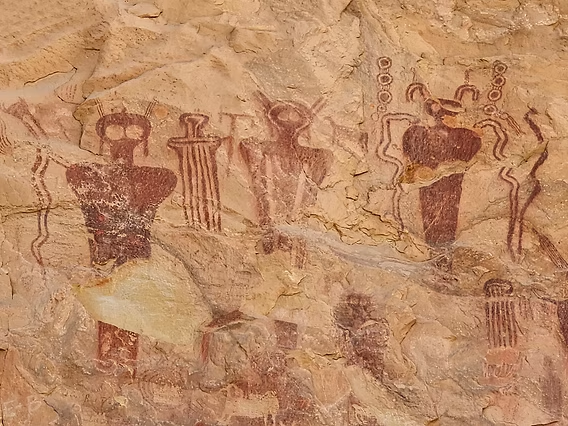
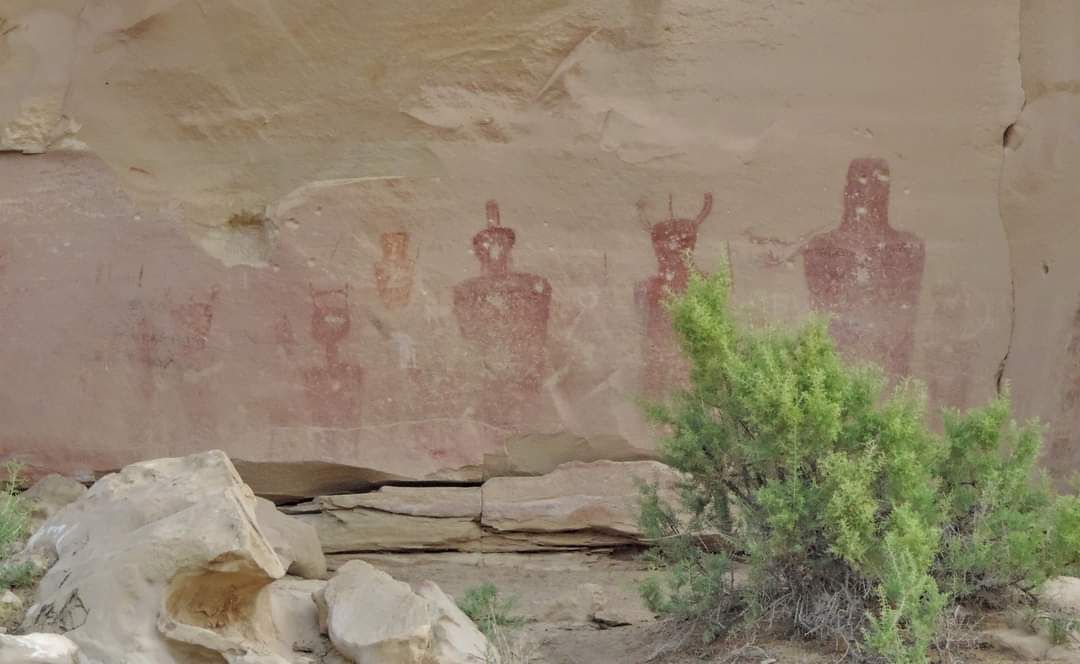
Respecting Sacred Places
The red rock canyons and mesas around Moab are not just beautiful landscapes, they are also home to ancient sites that hold deep cultural, historical, and spiritual meaning. Petroglyphs, Pictographs, dwellings, and artifacts left behind the Ancestral Puebloan, Freemont people and other Native cultures are more than just archaeology; they are sacred connections to living communities today.
When visiting these special places, please keep the following in mind:
- Look, Do not touch- oils from our hands can permanently damage rock art, even light contact can wear away fragile surfaces.
- Stay on trails- Foot traffic off designated paths can destroy archaeological features and damage desert plants that take centuries to grow back.
- Leave artifacts where they are.
- Take photos, not souvenirs
- Show respect. Remember that these are not just “Ruins” they are sacred places that continue to hold meaning for Native descendants today.
By honoring these guide lines, we help preserve Moab’s ancient history for future generations. Show respect to the cultures whose ancestors called this land home.
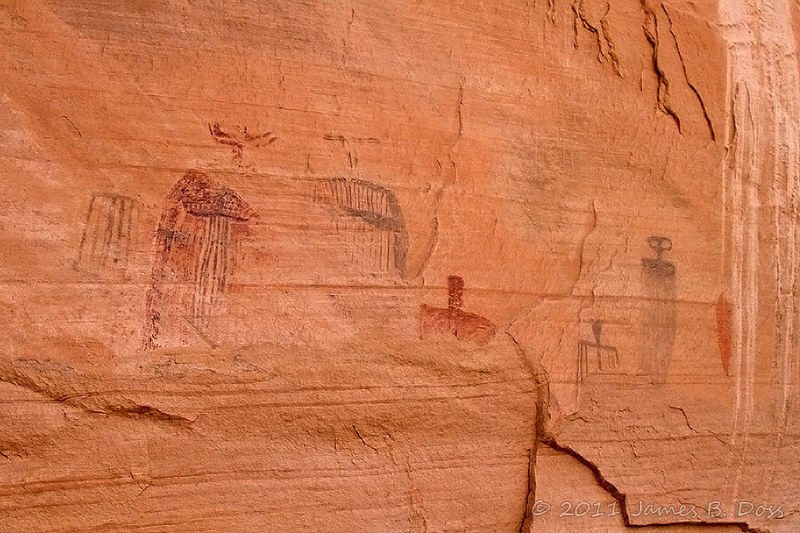
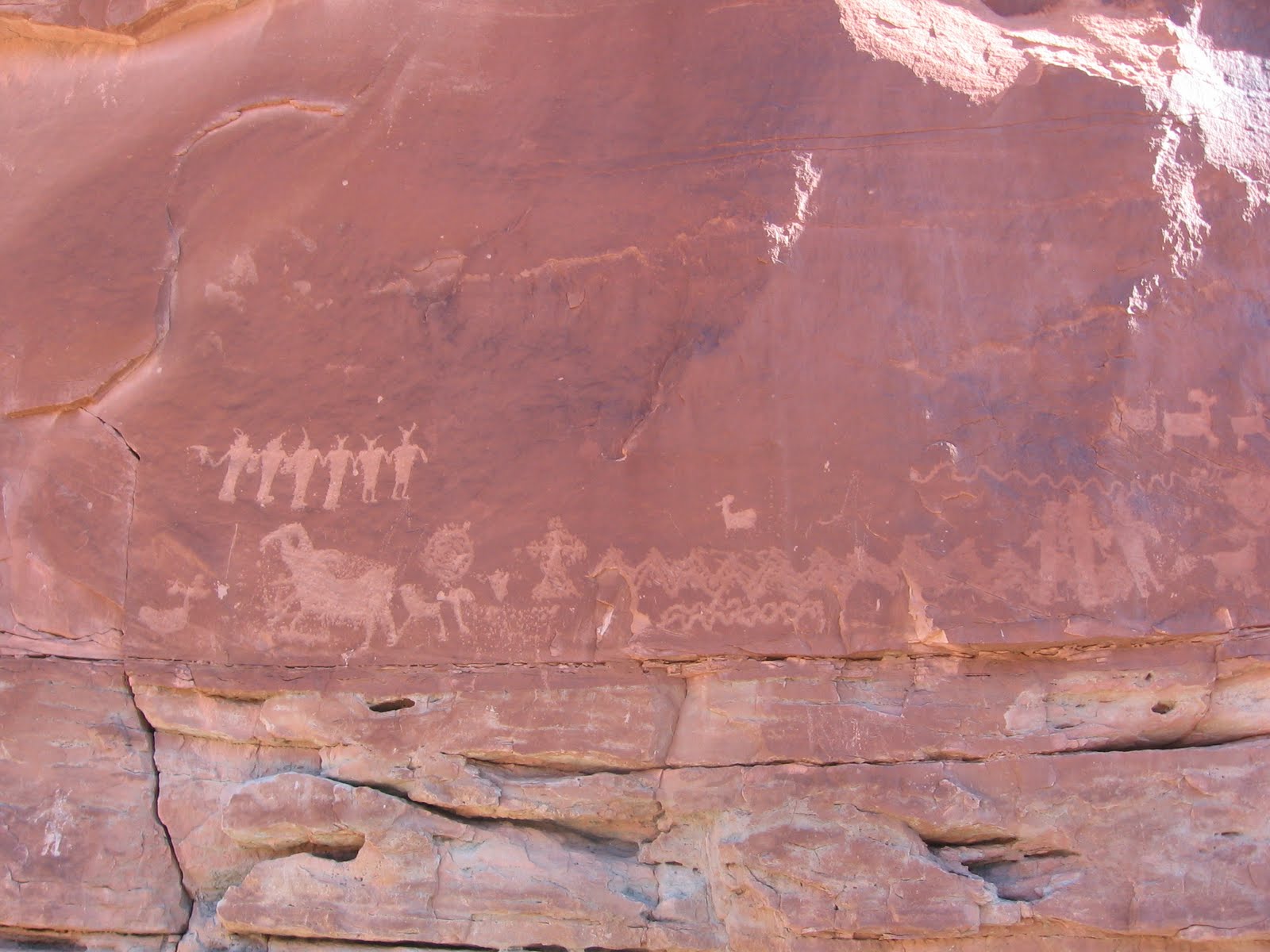
Plan Your Native American Archaeology Tour:
- Duration:
- Half-Day Tour – Court House Wash Panel, Moonflower Canyon, Birthing rock.
- Full-Day Tour– Court House Wash Panel, Moonflower Canyon, Birthing rock, Potash Road Petroglyphs, Poison Spider Panel, Highway 313 “Intestine Man” Bartlett Panel, ( If the time allows it Thompson Canyon and Dancing Bear near Dewey Bridge.)
- Multi-Day Tour– Location can be custom tailored to your group
- Best Time:
- Spring & Fall for ideal weather and lighting.
- What To Bring
- Camera, Hat, Sunscreen, Water Bottle, and a curious mind!
Come Join us for a the Native American Archaeology tour that blends history, Culture, and the stunning landscapes of Moab. Step into the past and see the desert through the eyes of those who called it home for thousands of years
